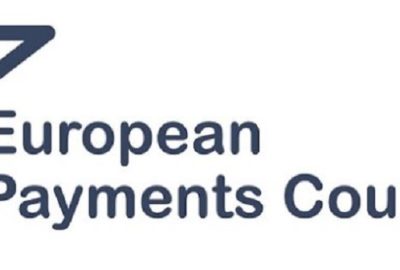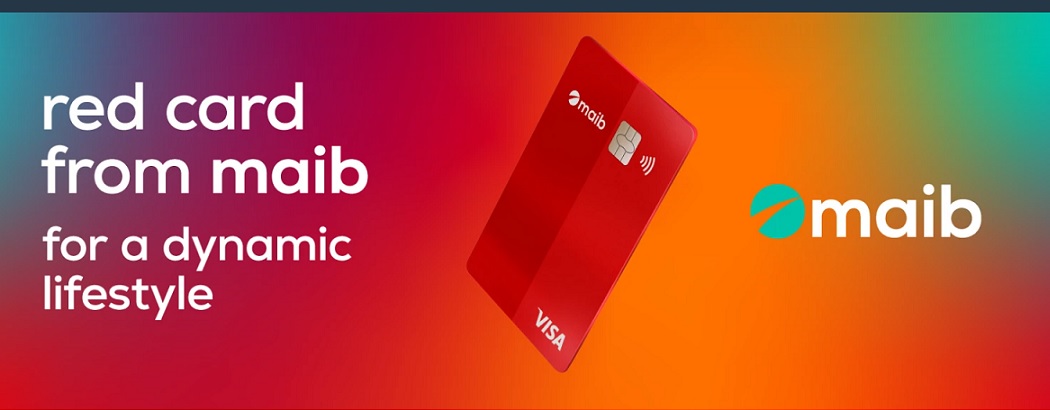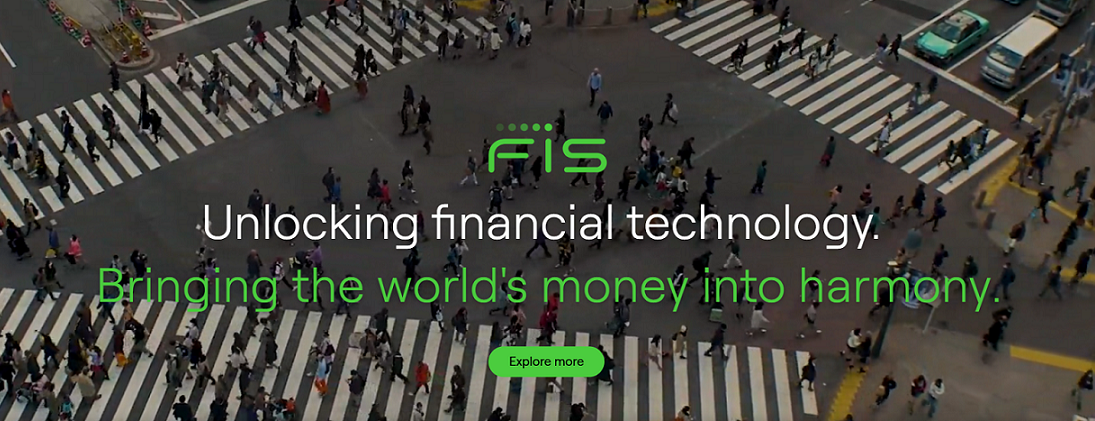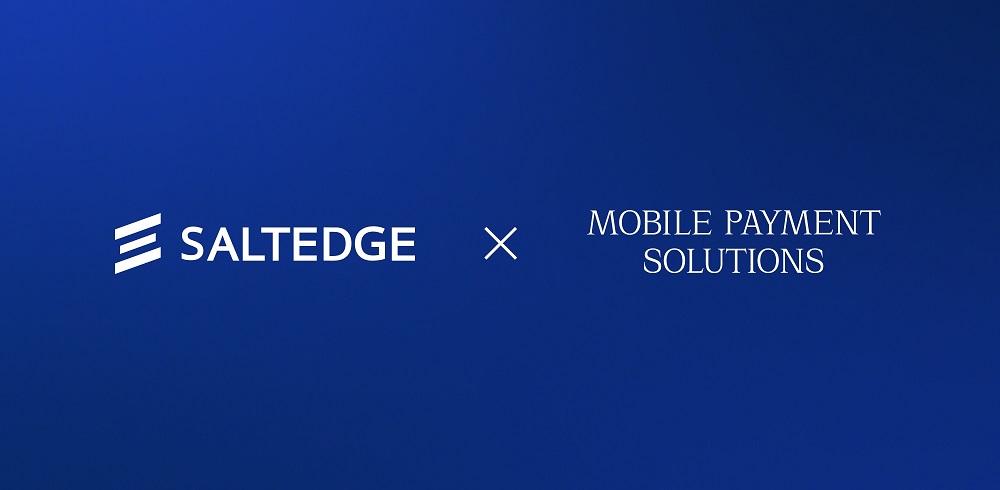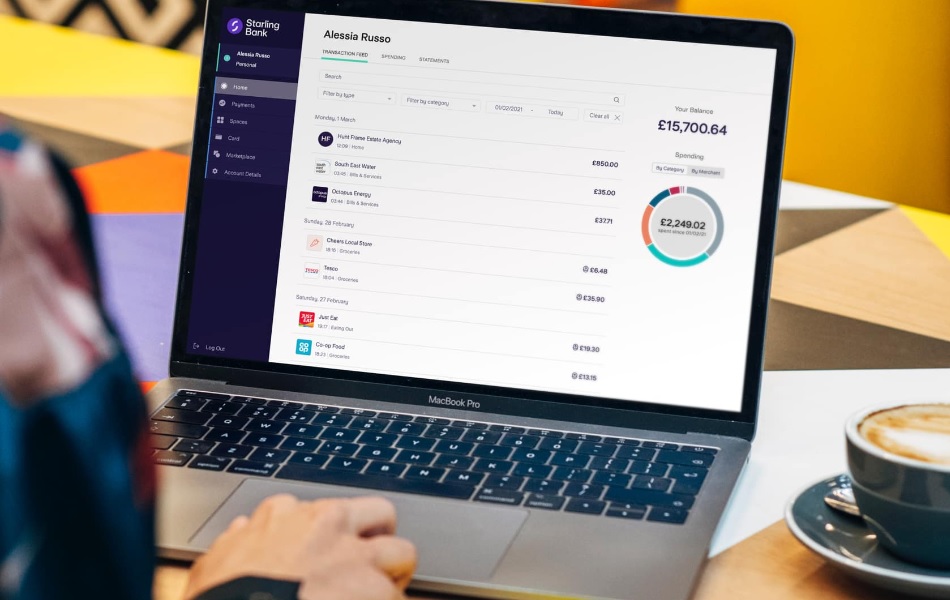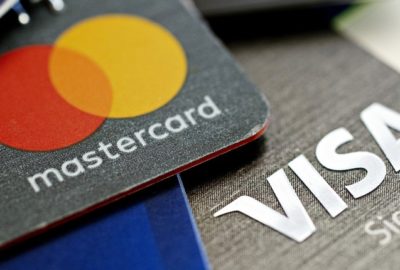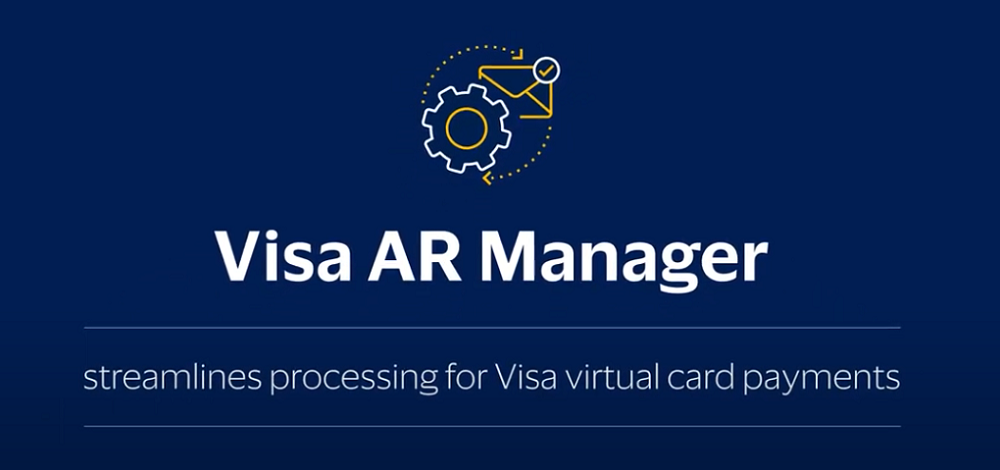Active digital identity apps to surpass 4.1 billion by 2027, driven by the use of government-backed digital identities to replace physical identity documents
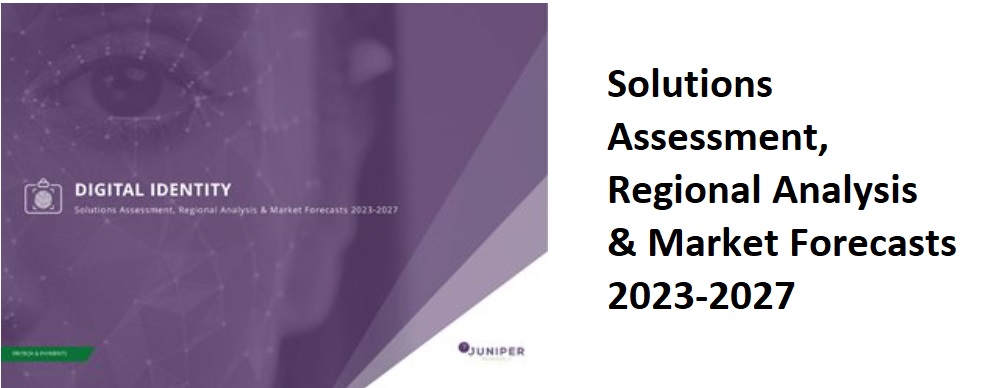
A new study from Juniper Research has found that the number of digital identity apps in use will exceed 4.1 billion globally by 2027; rising from 2.3 billion in 2023.
This represents a growth of 82% over the next four years. This increase will be driven by the use of government-backed digital identities to replace physical identity documents as a source of verification for third-party apps, such as banking and financial services. This will be critical, as businesses aim to reduce identity theft and meet increasingly stringent KYC (Know Your Customer) regulations.
Verification Moves to Zero Trust
The research also identified a move away from reliance on passwords for identity verification, with these replaced by biometric verification and MFA (Multi-factor Authentication) under a zero-trust model, where identities are authenticated continuously. This approach is more resistant to traditional hacking methods, such as phishing; reducing the risk of data breaches.
Zero trust will be delivered via SSO (Single Sign On), which allows the user to access multiple accounts via a central, secured system. Critical to SSO is the use of mobile subscriber identity, with the number of mobile devices using their mobile number for SSO predicted to reach 2 billion in 2027; up from 922 million in 2023.
Research author Michael Greenwood explained: “Consumers are highly motivated by convenience; making a streamlining of user experience significant for attracting and retaining them. SSO can achieve this, whilst also appealing to security-conscious users.”
Identity Apps vs Digital Wallets
The primary competition for dedicated digital identity apps will come from digital wallets, which offer payment functionality alongside a digital identity capability. For instance, in some US states, digital driver’s licences held within Apple Wallets are fully recognised. However, these digital wallets will struggle to monetise identity in the same way as they have payments, due to competition from government-run schemes limiting adoption.
_________________
Find out more about the new research: Digital Identity: Solutions Assessment, Regional Analysis & Market Forecasts 2023-2027
Dariusz Mazurkiewicz – CEO at BLIK Polish Payment Standard
Banking 4.0 – „how was the experience for you”
„To be honest I think that Sinaia, your conference, is much better then Davos.”
Many more interesting quotes in the video below:
